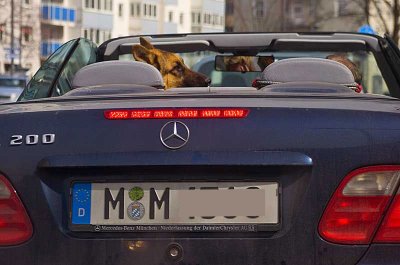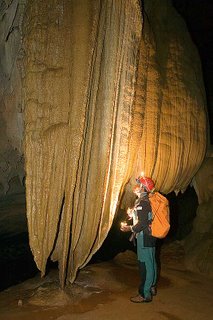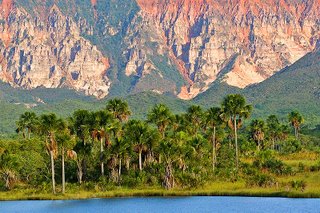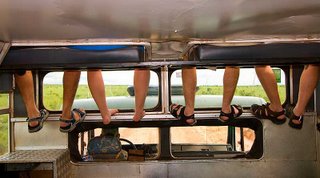Following on with the “Tales From Germany” series, today I’ll tell you some great stories about dogs and how influential they are in Munich’s society. Some local folks even told me that there are several scientific studies analyzing this close relation between humans and canids in Munich, and the main character of another highlight photo (the opening image of this post) from my exhibit in Germany is a… GERMAN Shepherd
 .
.At least in that city, dogs have free access to shops and restaurants, get to ride in subway trains (but they’ve gotta pay for the ticket!), swim in the parks' lakes with the owner and ride convertible Mercedes-Benz... At the entrance of every urban park there are some dispensers from which dog owners must pick up a disposable bag with a built-in “poop scoop” and step-by-step instructions on how to collect the doggie’s excrements.
My firsthand experience with the subject was kind of hilarious. Every morning I’d go out before sunrise to photograph in a nearby natural area, Park Feldafing, almost always under below-freezing temperatures. One of these days I was shooting tree shadows with snow knee-high when I noticed an elderly lady shouting at her dog who had something in its mouth: "AUS! AUS! AUS!", she'd yell. In Brazil, "AU! AU!" is how dogs bark (like "WOOF! WOOF!" in English), but no, she was not trying to communicate directly with her four-legged buddy. The furball had just picked up something it wasn’t supposed to, and she was saying in proper German that he should put it out. So that was my first practice of "Learning German, Lesson 1": "AUS" = "OUT"...














